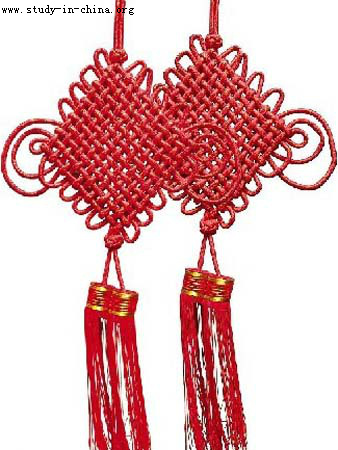Five Spiritual Attractions in Macau
Macau may have been a Portuguese colony for over four hundred years, but despite Western influences, inhabitants fiercely cling to Chinese customs and beliefs. Today, less than 10 percent of the province’s population is Christian, with Buddhism, Taoism and Confucianism prevalent. Despite a reputation as Asia’s casino paradise, Macau retains avenerable spirituality and features a variety of temples. Guanyin Temple The temple of Guanyin (the Goddess of Mercy) dates back to the 13th century. As a result, the oldest temple on the Peninsula is nonpareil with tourists and locals alike. The temple halls are decorated with images and statues of Buddha, the goddess Guanyin and 18 wise men. The Goddess of Mercy is dressed as a young bride and her embroidered clothes are changed every year. The temple’s most famous attraction is the stone table where the inaugural Sino-U.S. accord was signed in 1844. A-Ma Temple The most famous of all Macau’s temples, A-Ma Temple is dedicated to the goddess of fishermen and seafarers. The UNESCO World Heritage Site, one of several in the historic centre of Macau, dates back to the mid-15th century. According to legend, the temple was built on the spot where a young girl, apparently lost at sea, reappeared as the sea goddess Mazu. Highly appreciated for a network of beautiful tiled roofs, intricate moon gates and small gardens, A-Ma temple features three pavilions. Three of them are dedicated to the goddess A-Ma (Mazu), while the fourth is dedicated to Guanyin, the Goddess of Mercy. On weekends, firecrackers explode at the courtyard doors to scare away evil spirits and welcome tourists. Easily accessible from all hotels in Macau, A-Ma temple is a must-see attraction. Pou Tai Un The largest and most important temple on Taipa island, Pou Tai Un honors the Three Buddhas and Guanyin, the Goddess of Mercy. Built in the 19th century, Pou Tai Un is one of the newest temples in Macau, but thanks to efforts by devotees, is now one of the richest and biggest in the region. Apart from the temple’s yellow tile roof and the beautiful marble statue of Guanyin, attractions include a large vegetable garden and a vegetarian restaurant operated by monks. Sam Kai Vui Kun (Kuan Tai Temple) Originally a meeting place of the Sam Kai merchant guild, Kuan Tai Temple has become a vital community landmark, especially after the old Chinese Bazaar ceased to function. The original building date of Sam Kai Vui Kun is unknown, but a series of plaques indicate it was restored in 1792 incorporating both Eastern and Western architectural styles. Sam Kai Vui Kun is definitely one of the most impressive-looking temples in Macau. While some may call it simplistic, the modest construction makes great use of sculptural ornaments, friezes and overhanging eaves. The original members of the Sam Kai Guild worshiped Kuan Tai, the God of War and Riches. Tam Kung Miu Tam Kung Miu is a large temple dedicated to Tam Kung, a Taoist sea deity worshiped in Hong Kong and Macau. Many consider Tam Kung Miu the most beautiful of all Macau temples due to its interesting design and fine porcelain decorations. Located in the center of Coloane island, Tam Kung Temple is a must-see on your spiritual journey through Macau. Inside the museum, visitors will discover many intricate murals, beautiful carvings, a large, detailed statue of Tam Kung, and an impressive four-foot-long model of a Chinese dragon boat, made from a single whalebone and complete with crew of wooden men. .jpg)
.jpg)
.jpg)
.jpg)
.jpg)
News&Opinion
 more
more- UN Chief Welcomes Chinese New Year by Exhibiting...
- Life and Study in China
- Dragon Decorations Greet Approaching Year of Dra...
- Winter Tourism Peak for Siberian Tigers in NE Ch...
- DR Congo, China Sign 16 mln USD Economic Agreeme...
- Asian Tour Hits Top Marks in 2011 Season
- Four Chinese Researchers Awarded "Green Talents"...
- Bank of China Opens New Branch in Kobe, Japan
Policy&Laws
China to Train 10,000 Jobless College Grads from...
China's far western Xinjiang region will send 10,000 unemployed coll...
China's university tuition 25 times higher than ...
Tuitions to China's universities, which range from 5,000 yua...
China Tops Bricks Table for UK Tourists: Report
LONDON - China is the most popular destination out of the BRICS amon...





 print
print  email
email  Favorite
Favorite  Transtlate
Transtlate 







